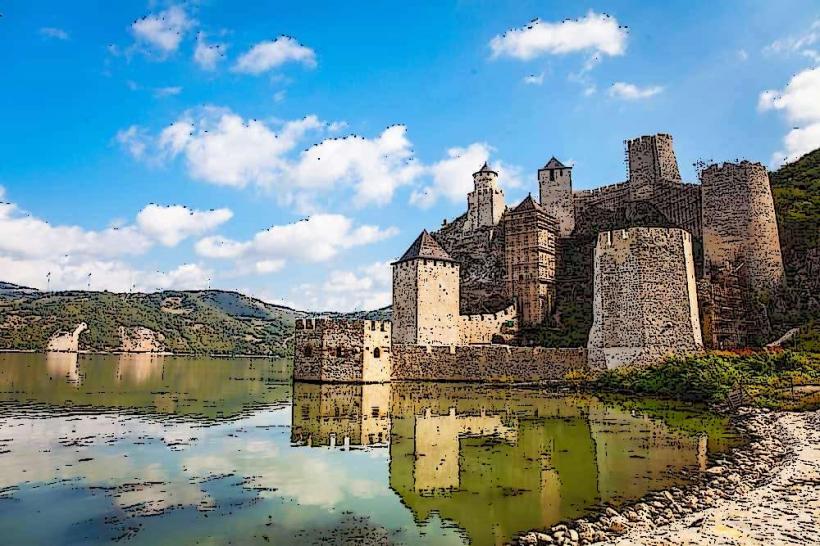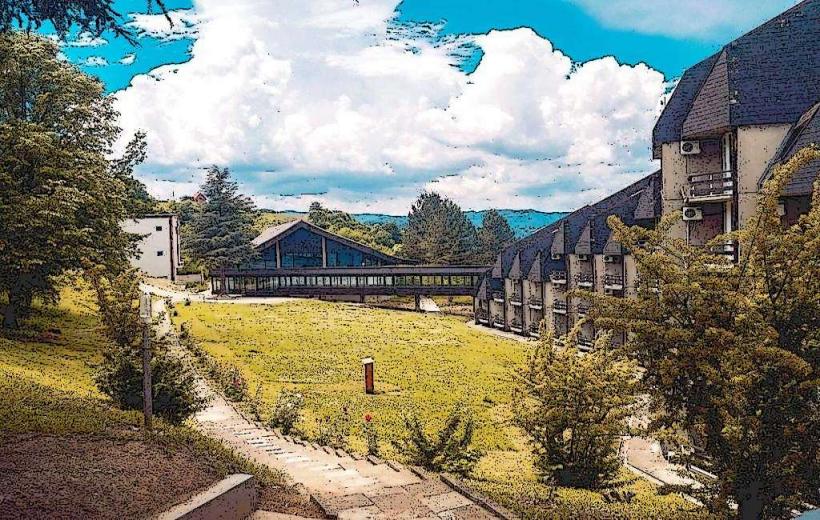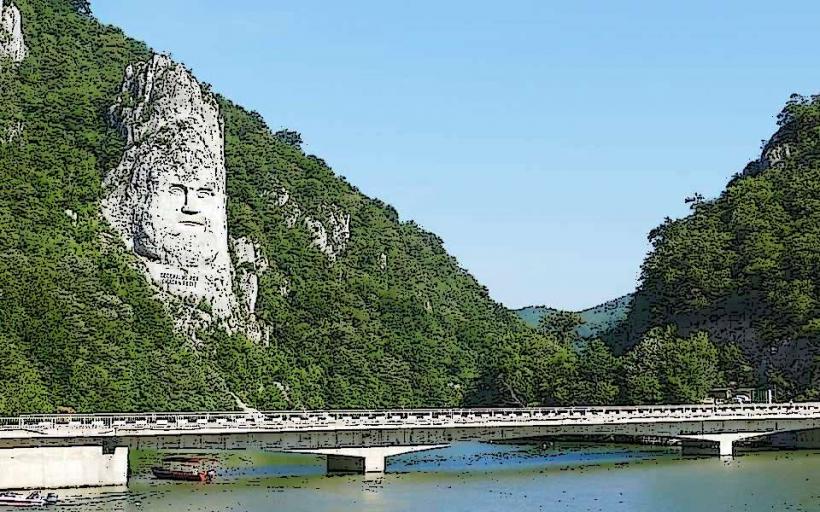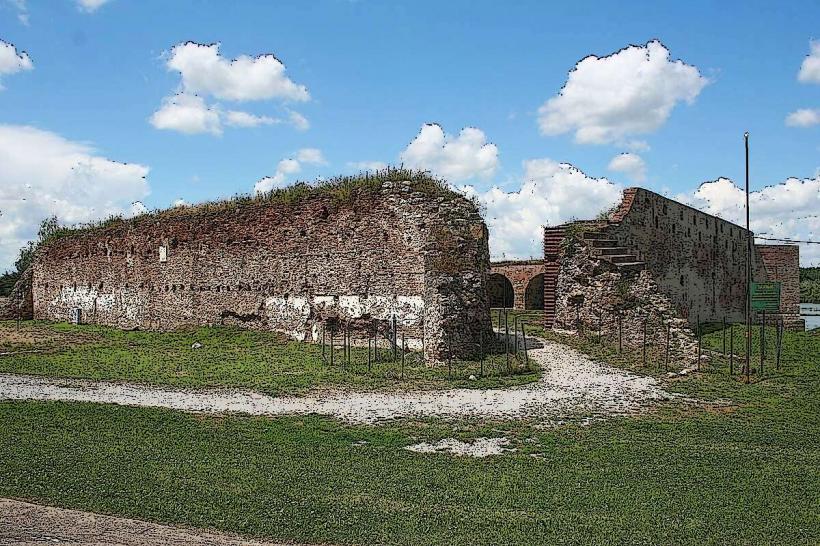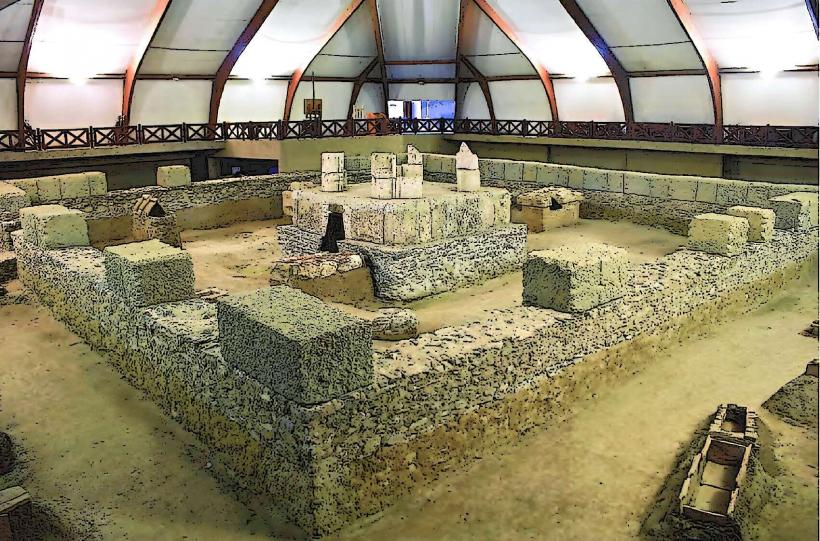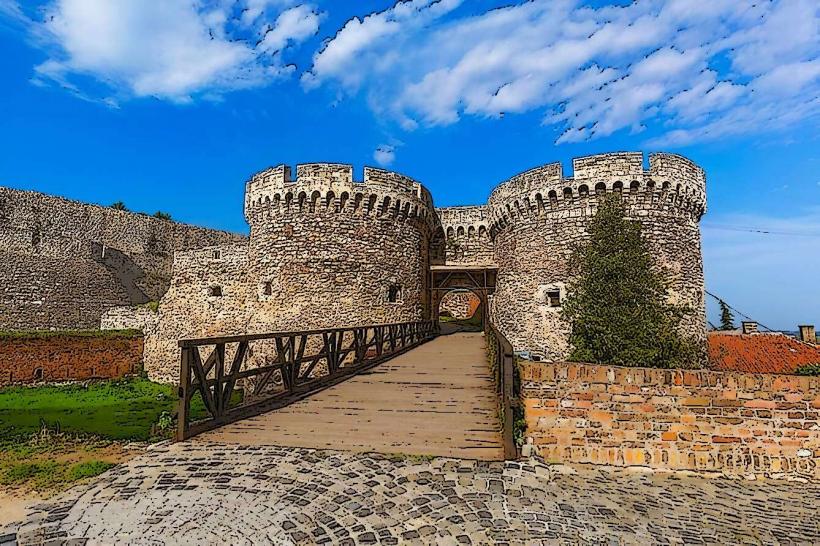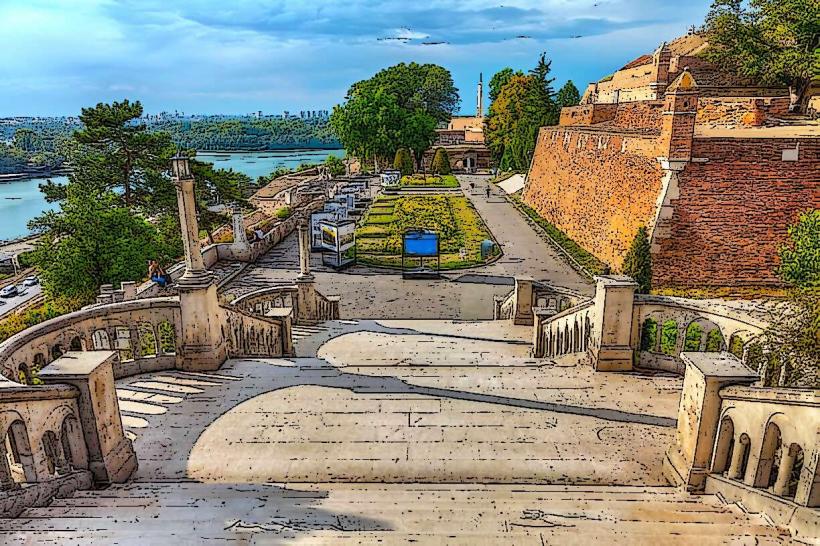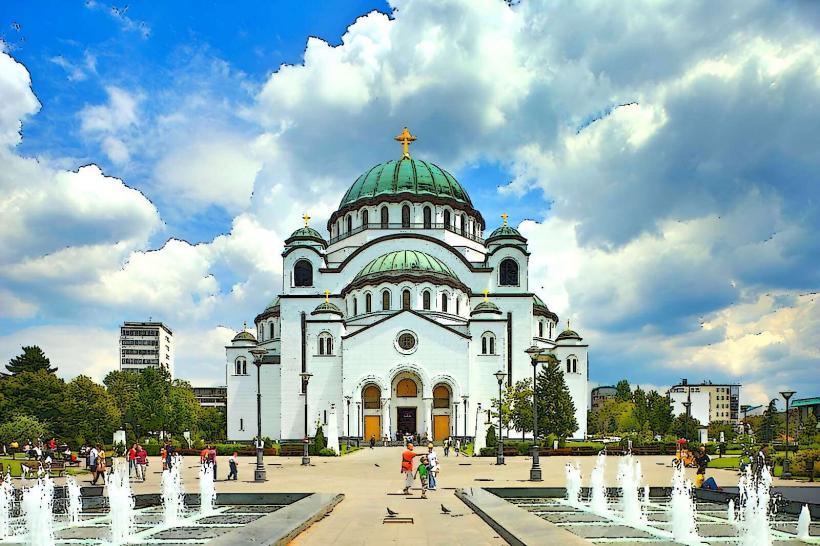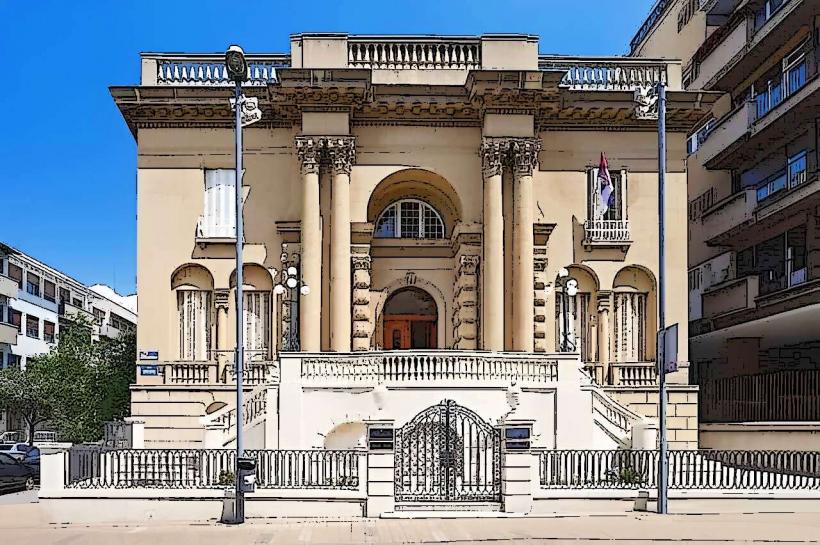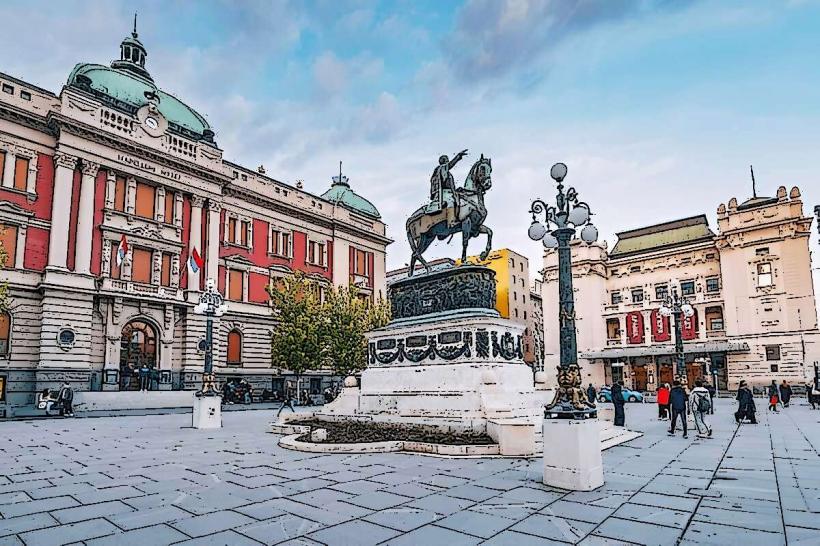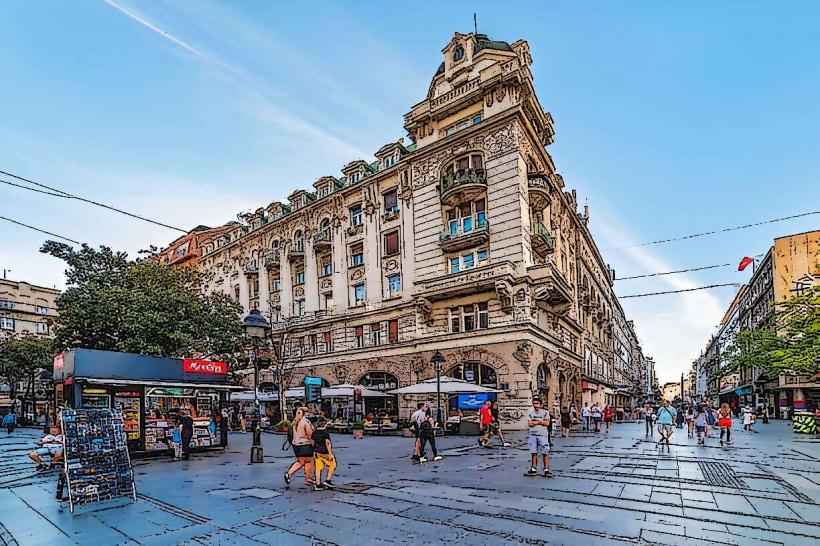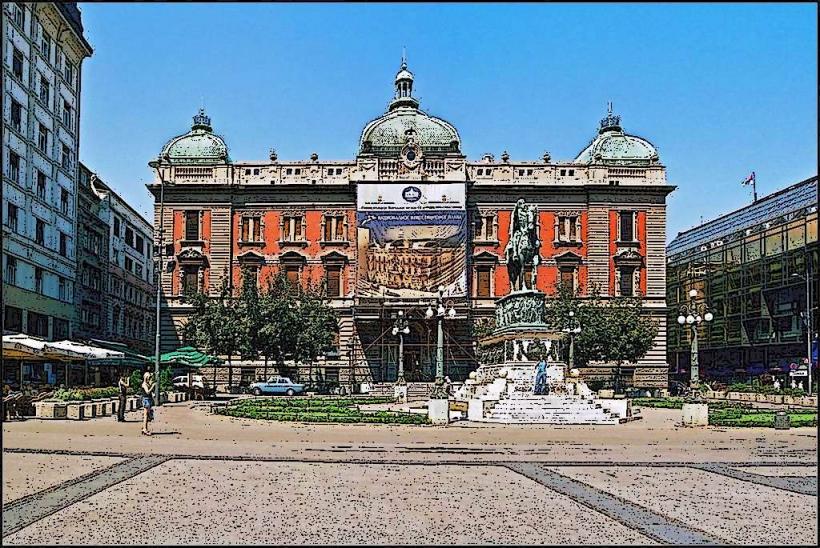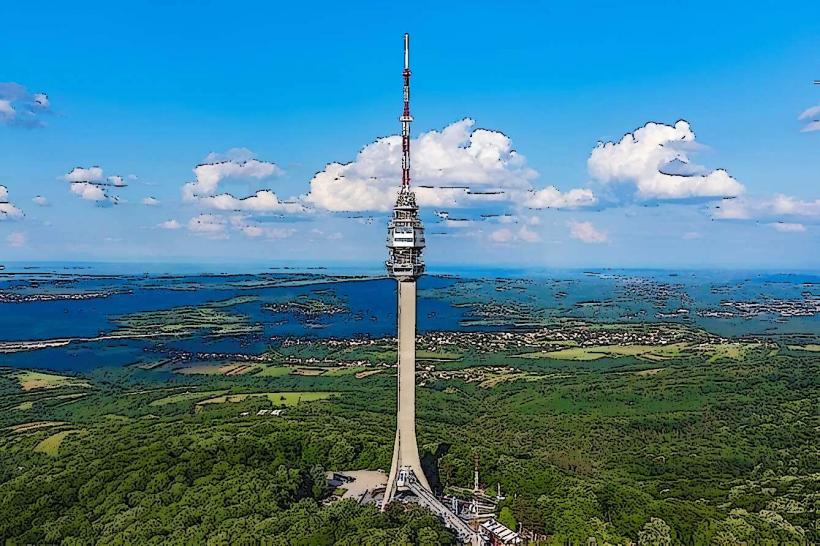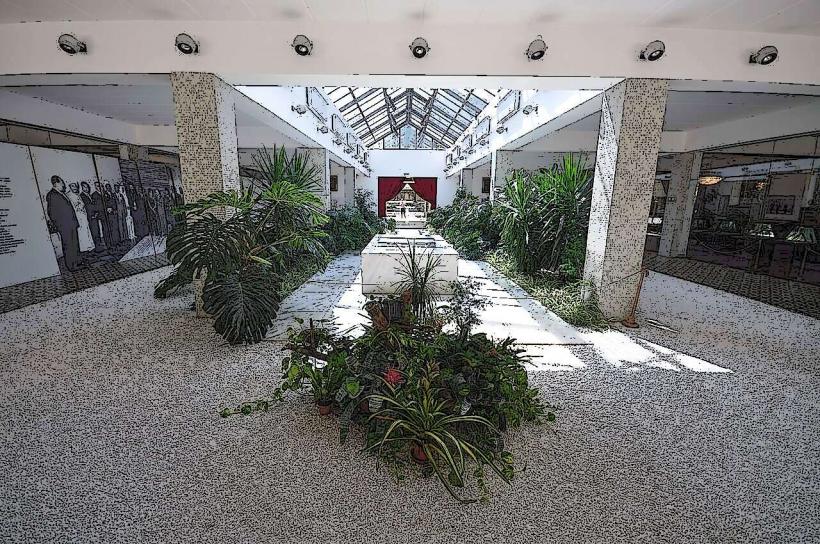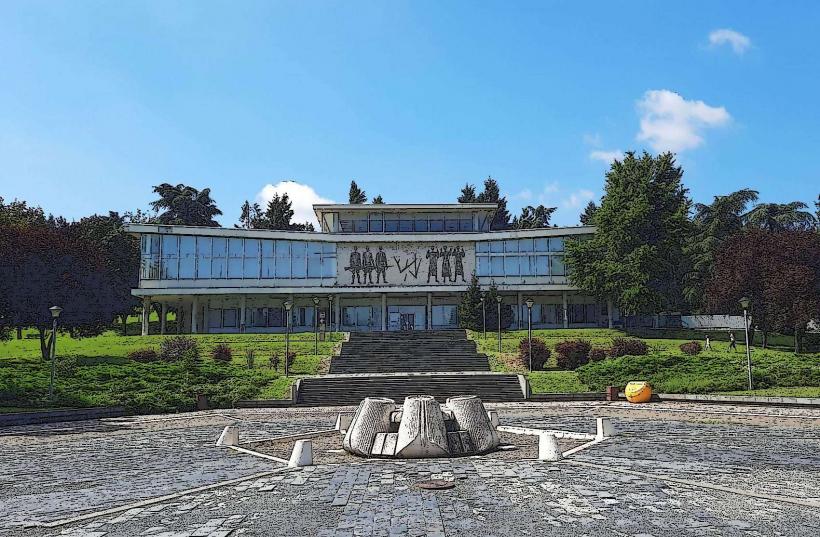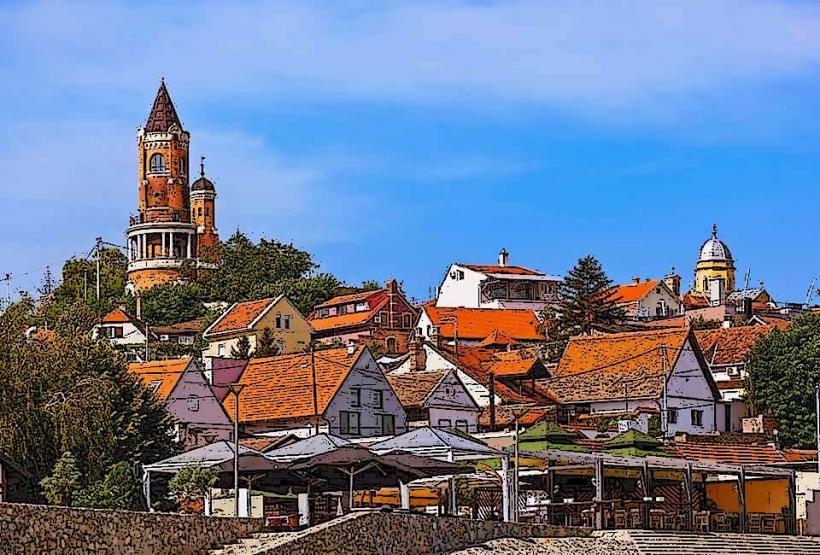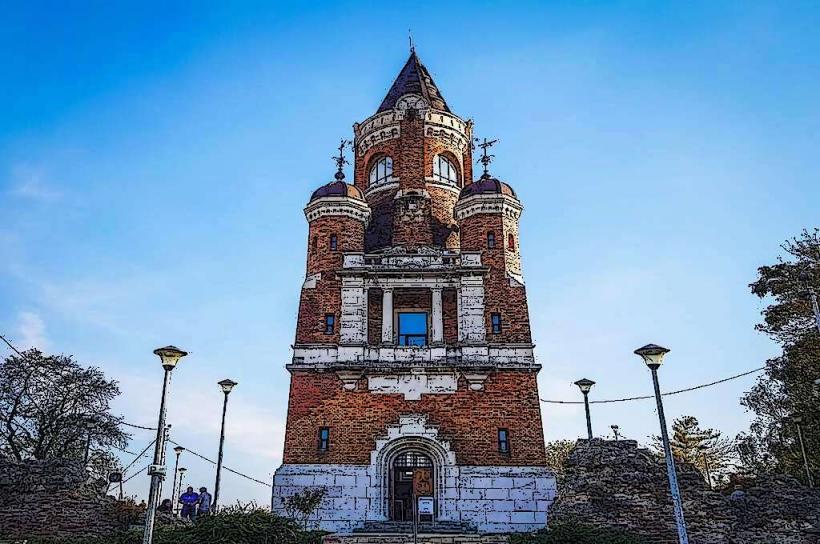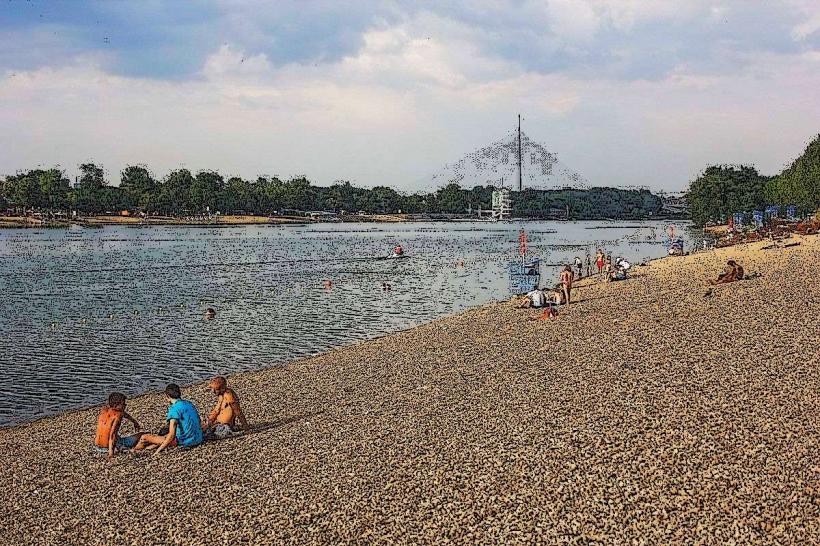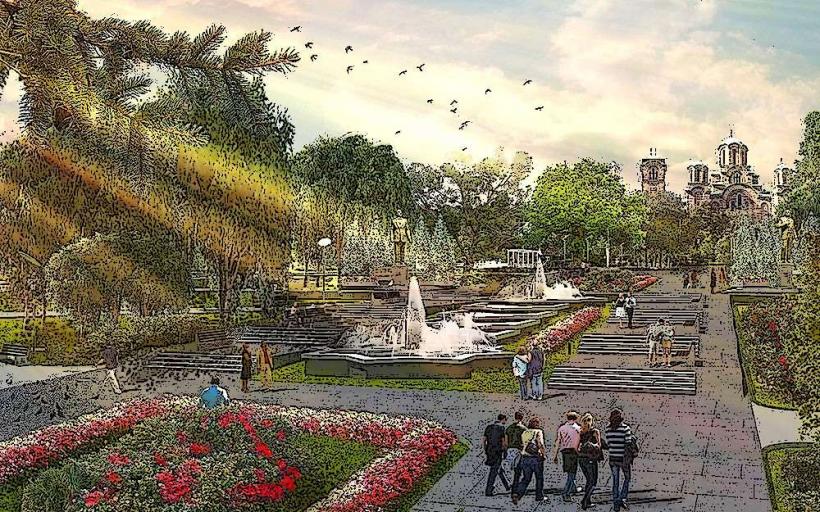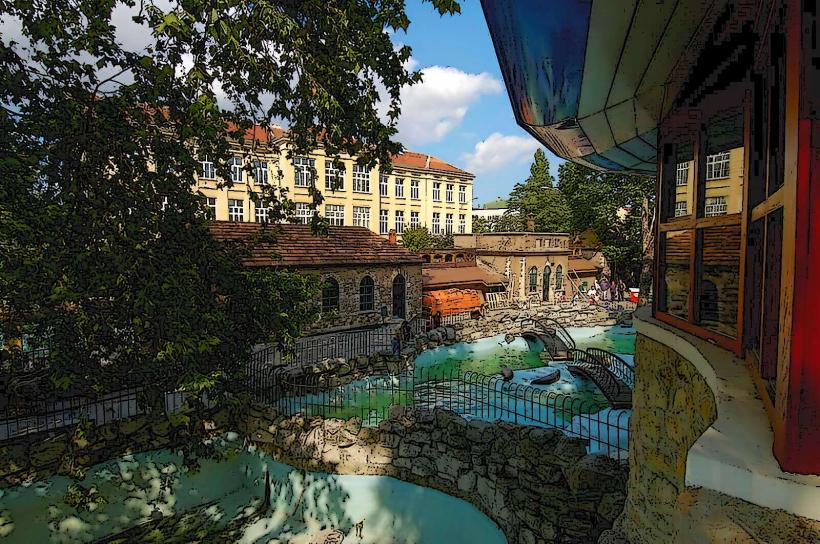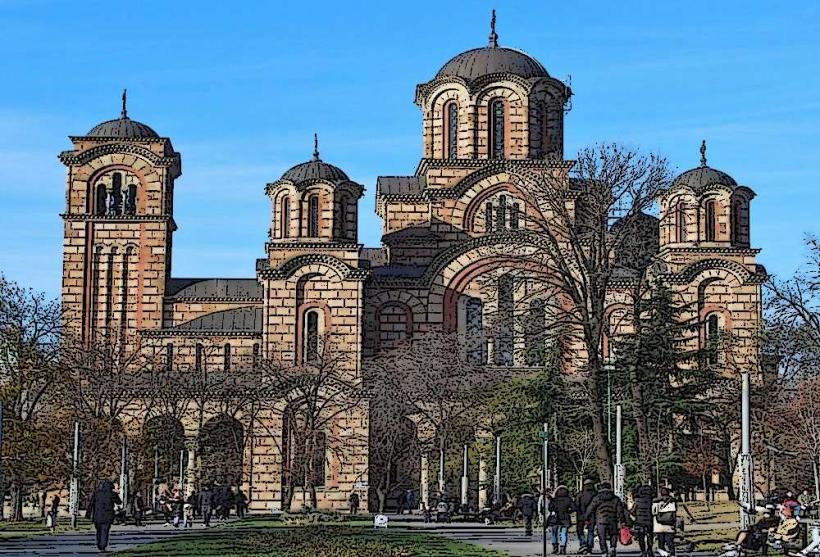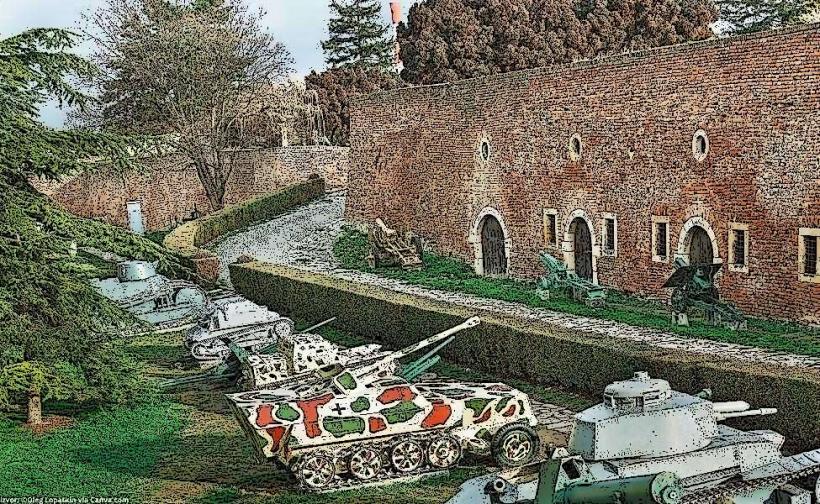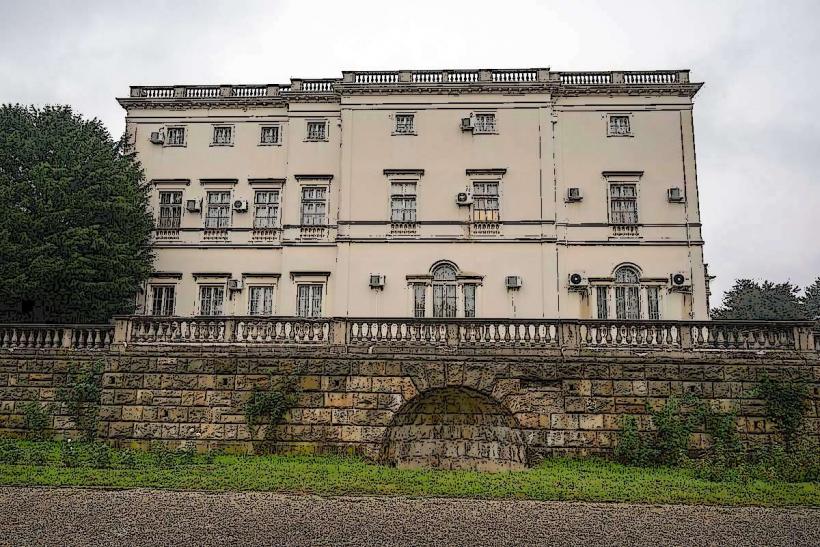Information
Landmark: Tara National Park (Bajina Bašta)City: Belgrade
Country: Serbia
Continent: Europe
Tara National Park, located near Bajina Bašta in western Serbia, is a jewel of the Balkans. Covering approximately 220 square kilometers (85 square miles), it is renowned for its breathtaking natural landscapes, diverse wildlife, and cultural heritage. The park encompasses much of the Tara Mountain and offers a serene retreat for nature enthusiasts and adventurers alike. Here's a detailed guide to Tara National Park:
Geographical Features
Location:
- Tara National Park lies near the town of Bajina Bašta, close to the border with Bosnia and Herzegovina. It is part of the Dinaric Alps, a mountain range stretching across the western Balkans.
Terrain:
- The park is characterized by dense forests, deep canyons, rugged cliffs, and meandering rivers, including the Drina River, which forms its western boundary.
Forests:
- The park is heavily forested, with some areas featuring primeval forests of spruce, fir, and beech. It is one of the most forested regions in Europe.
Peaks:
- Tara Mountain's highest peak, Zborište, rises to 1,544 meters (5,066 feet), offering panoramic views of the surrounding landscapes.
Rivers and Lakes:
- The Drina River winds through the park, creating stunning gorges and serving as a natural border with Bosnia. The nearby Perućac Lake and Zaovine Lake are popular for recreation.
Flora and Fauna
Unique Biodiversity:
- Tara National Park is home to over 1,000 plant species and numerous rare and endemic species.
The Serbian Spruce (Picea omorika):
- This ancient and rare species, a living fossil from the Ice Age, is the park's symbol. It thrives on the limestone cliffs and is found almost exclusively in Tara National Park.
Wildlife:
- The park shelters a variety of animals, including brown bears, wolves, lynxes, wild boars, red deer, and roe deer.
- Over 130 bird species have been recorded, including the golden eagle, peregrine falcon, and Ural owl.
Aquatic Life:
- The Drina River and its lakes are rich in fish, including trout, huchen, and carp, making them ideal for fishing enthusiasts.
Cultural and Historical Heritage
Monasteries and Churches:
- The region is home to several historic monasteries, including the Rača Monastery, built in the 13th century. It served as a refuge and cultural hub during turbulent times.
Ethno-Villages:
- Traditional Serbian villages, such as Mokra Gora and Drvengrad (Küstendorf), preserve the local architecture and way of life. Drvengrad was built by filmmaker Emir Kusturica as a cultural hub.
Stećci Tombstones:
- The region contains medieval stećci, unique tombstones recognized as a UNESCO World Heritage Site.
Tourism and Activities
Hiking and Trekking:
- Tara National Park boasts over 290 kilometers (180 miles) of well-marked trails, ranging from easy walks to challenging hikes.
- Popular trails lead to viewpoints such as Banjska Stena, which offers stunning vistas of the Drina River canyon.
Boat Tours:
- The Drina River is ideal for boat tours, allowing visitors to explore the canyon and admire the park's dramatic scenery.
Rafting and Kayaking:
- The Drina's rapids and calmer sections cater to both adventurous rafters and leisurely kayakers.
Wildlife Watching:
- Guided tours offer opportunities to spot wildlife, particularly the elusive brown bear and the park's rich birdlife.
Cycling:
- The park offers mountain biking trails that traverse its forests and meadows.
Winter Sports:
- During winter, the park is ideal for cross-country skiing and snowshoeing.
Fishing:
- Lakes and rivers within the park provide excellent fishing opportunities, particularly for trout and grayling.
Best Time to Visit
Spring and Summer (May to September):
- These seasons are ideal for hiking, wildlife watching, and water activities. The forests and meadows are lush and vibrant.
Autumn (October to November):
- Autumn offers spectacular foliage, with the park transforming into a tapestry of gold, red, and orange hues.
Winter (December to February):
- Winter brings snow-covered landscapes and opportunities for skiing, making it a tranquil and magical time to visit.
Nearby Attractions
Drvengrad (Küstendorf):
- A traditional ethno-village designed by Emir Kusturica, featuring wooden houses, a cinema, and cultural events.
Šargan Eight Railway:
- A scenic narrow-gauge railway offering nostalgic rides through the picturesque mountain landscapes.
Perućac Lake:
- A popular spot for swimming, fishing, and boating, with stunning views of the surrounding mountains.
House on the Drina:
- A tiny house perched on a rock in the middle of the Drina River, a famous and quirky local landmark.
Interesting Facts
UNESCO Status:
- While Tara National Park itself is not a UNESCO site, it is part of the Primeval Beech Forests of the Carpathians and Other Regions of Europe, a UNESCO World Heritage designation.
Film Location:
- The park and its surroundings have been featured in numerous films, including works by Emir Kusturica.
Rare Species:
- Tara National Park is one of the last remaining habitats of the Serbian Spruce, making its conservation a global priority.
How to Get There
Location:
- Tara National Park is about 180 km (112 miles) southwest of Belgrade and is easily accessible by road.
Transportation:
- Visitors typically reach the park by car or bus. Bajina Bašta serves as the main gateway to the park.
Why Visit Tara National Park?
Tara National Park offers an unforgettable blend of natural beauty, outdoor adventure, and cultural richness. Whether you're hiking to breathtaking viewpoints, marveling at the Serbian Spruce, or exploring the Drina River canyon, the park provides a serene escape into the heart of Serbia's wilderness. It’s a perfect destination for anyone seeking tranquility, inspiration, and adventure.

